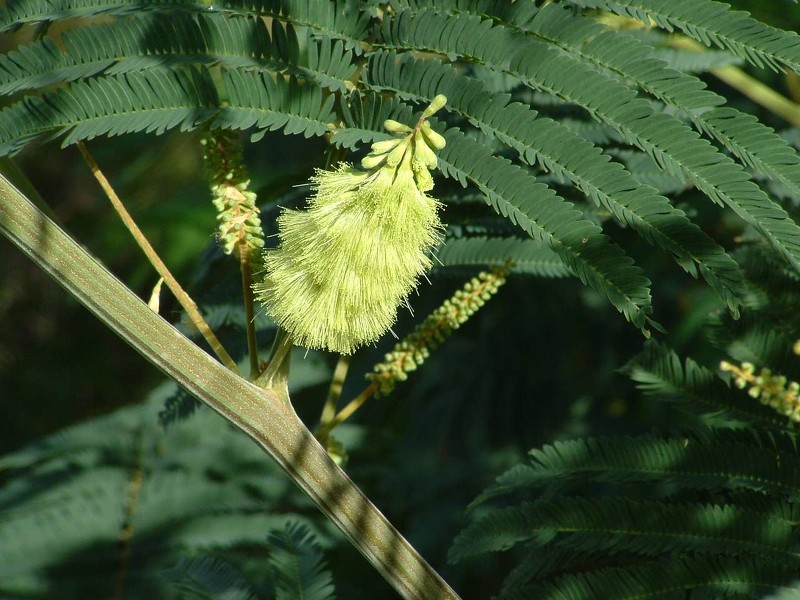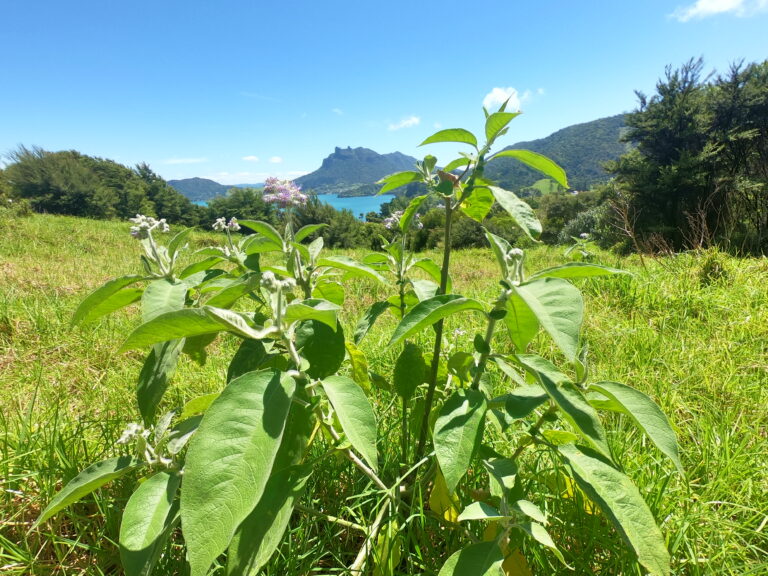 How to control:
How to control:
- Hand pull or dig small plants (all year round). Ensure minimum soil disturbance.
- Cut stump application: Cut low and treat stumps with (5g metsulfuron/ 1L water) or (50ml triclopyr /1L water).
- Frill and fill: Make deep downward cuts into the sapwood around the base of the tree every 10cm, taking care not to ring bark the plant. Immediately saturate the cuts with (250ml Glyphosate/1L water). Undiluted triclopyr (5 ml) can also be used but extra care must be taken when using undiluted herbicides.
- Drill and fill: Drill holes sloping into the sapwood every 20cm around the tree. As each hole is drilled saturate with (250 ml glyphosate/1L water) or (3g metsulfuron).
- Undiluted triclopyr (10ml) can also be used but extra care must be taken when working with undiluted herbicdes.
- Spray (spring-summer): (100ml glyphosate/10L water) or (30ml triclopyr/10L water).
Only control where wattle is a recent threat, of low incidence or poses a high ecological threat.
Reseeds following disturbance by fire, machinery or non-selective spraying. Light lover, dislikes growing amongst species of similar or even lesser height, which makes it a true pioneer species. It provides a good cover for native species and is succeeded in tall canopy habitats by native species where their seedlings exist. These sites can be left to regenerate (20-30 years). Amongst well established, tall native vegetation, regeneration can be speeded by wattle control. Do not merely fell, as wattle recovers faster than native species and the higher light levels induce more seed germination. Clear all roads, metal dumps, quarries and other sources. Maintain native groundcover at all times.
Check treated areas regularly for seedlings due to the long life of seeds.
CAUTION: when using any herbicide or pesticide PLEASE READ THE LABEL THOROUGHLY to ensure that all instructions and safety requirements are followed.
Click here for more information on the herbicides referenced in the control methods, or here for more information on the suggested techniques.



